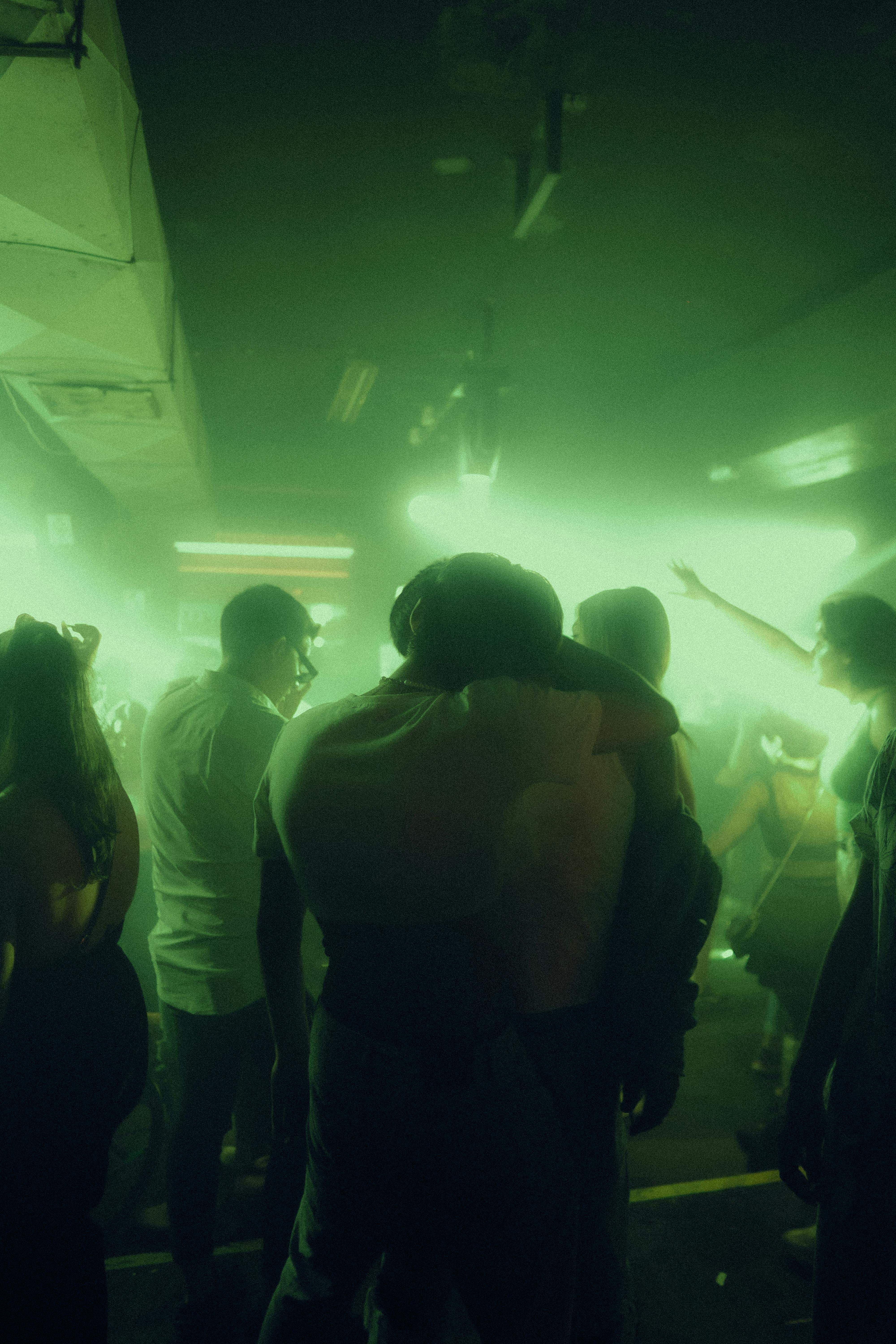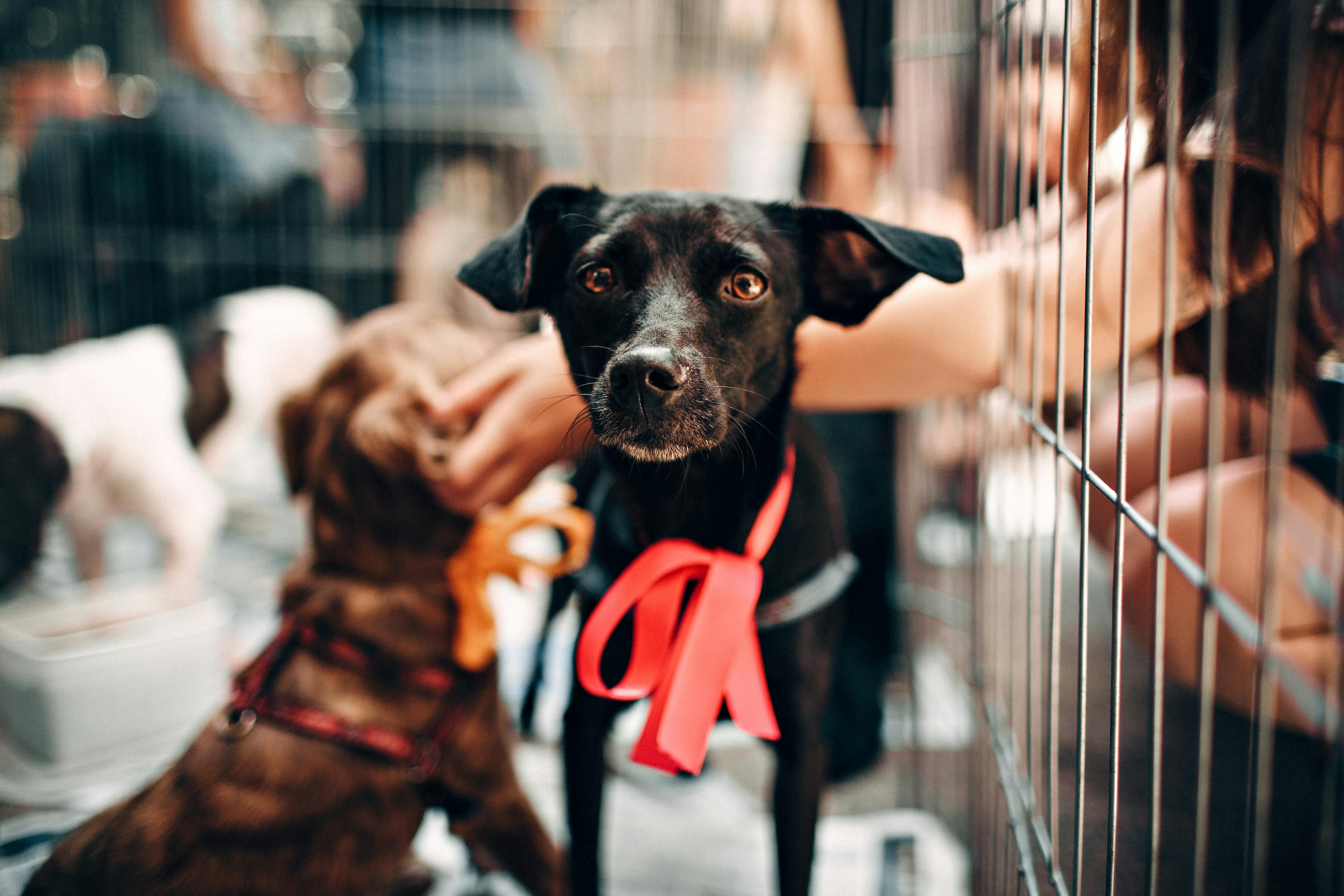Effective Techniques to Create Cute Rabbit Drawings
Creating cute rabbit drawings is an art that continues to evolve even in 2025. These delightful creatures have captured the hearts of artists and enthusiasts alike, making them a popular subject in both children's art and professional illustrations. Crafting adorable bunny sketches can be both an enjoyable and rewarding experience, whether you're working on a simple drawing for kids or more intricate rabbit character designs for professional projects. Understanding various techniques and styles is key to producing charming rabbit art that appeals to audiences of all ages.
In this article, we will explore effective methods for drawing rabbits, including tips on achieving whimsical and realistic styles. We will guide you through the fundamentals of rabbit anatomy, various art techniques, and the impact of cute rabbit illustrations in popular culture. Prepare to unleash your creativity as we take you through the delightful world of bunny drawings.
By the end, you'll have a comprehensive understanding of how to create charming rabbit art, with actionable steps for beginners and experienced artists alike. Let's hop into the world of adorable rabbit illustrations!
Understanding Rabbit Anatomy for Better Drawings
When learning to create cute rabbit drawings, understanding the anatomy of rabbits is essential. This knowledge provides a solid foundation that helps artists portray these furry friends accurately and cutely. Observing the structure of a rabbit's body—its proportions, limb length, and facial features—enables artists to develop their own unique styles while maintaining the essence of the animal.
Proportions and Features
Rabbits have specific body proportions that differ from common pets, which should be reflected in your drawings. Generally, rabbits have elongated ears, short legs, and fluffy tails. Study the features like the shape of the head, the length of the ears, and the positioning of the eyes to ensure your rabbit drawings look realistic yet playful.
Rabbit Poses
When sketching, consider different poses that showcase the rabbit's playful nature. From sitting upright with alert ears to lounging comfortably with paws tucked in, there are numerous cute rabbit poses to choose from. Reference images can help, as they provide a visual understanding of how rabbits move and when they look their cutest.
Common Mistakes to Avoid
One common mistake when drawing rabbits is exaggerating features without regard for proportion. For instance, while big ears are adorable, they should not be oversized compared to the head. Another mistake is neglecting the rich texture of a rabbit's fur, which can add dimension to your artwork. Focus on soft lines and using shading techniques to convey fluffiness and depth.
With these foundational anatomy lessons in tow, you're well-prepared to create engaging and fun rabbit art. This insight naturally leads us to explore drawing techniques that enhance your art style.
Drawing Techniques for Cute Rabbit Illustrations
Exploring diverse drawing techniques can elevate your rabbit art from simple sketches to stunning illustrations. Here, we'll delve into various methods that cater to different artistic styles and goals, providing you with tools to express your creativity effectively.
Step-by-Step Bunny Drawing Tutorials
For beginners, following a structured approach through step-by-step bunny drawing tutorials can be immensely helpful. These guides often break down the drawing process into manageable stages, from outlining the basic shapes to adding details like fur texture and facial features. Websites and online platforms often provide excellent resources for these tutorials.
Using Digital Tools for Rabbit Art
In 2025, digital rabbit art has gained popularity, thanks to the accessibility of various art software and tools. Programs like Procreate and Adobe Illustrator cater to artists looking to create vibrant and detailed bunny illustrations. Embrace the benefits of layers, brushes, and blending options to achieve stunning effects in your rabbit drawings.
Watercolor Techniques for Rabbit Designs
Watercolor is a whimsical and fluid medium that allows artists to create soft and charming rabbit illustrations. Experimenting with wet-on-wet and wet-on-dry techniques can evoke the light and airy feeling typically sought in cute animal art. Using vibrant color palettes can further enhance your rabbit art and appeal to children.
Transitioning from techniques to styles, let's look at how different artistic approaches shape the portrayal of rabbits in art.
Exploring Various Rabbit Art Styles
Different styles of rabbit art can evoke unique emotions and themes, allowing artists to connect with various audiences. Understanding these styles can enhance your rabbit drawing projects and inspire new creations.
Cartoon vs. Realistic Rabbit Drawings
Cartoon rabbits, often characterized by exaggerated features and playful expressions, may appeal to younger audiences and suit children's illustrations. In contrast, realistic rabbit drawings require attention to detail and anatomical accuracy, which can be more fitting for sophisticated art pieces or educational materials. Understanding the key differences between these styles enables artists to choose the appropriate approach for their target audience.
Kawaii Rabbit Designs
Kawaii culture, originating from Japan, celebrates cuteness and innocence, making it ideal for adorable bunny creations. Kawaii rabbits often feature oversized heads, small bodies, and cheerful expressions. Incorporating elements like pastel colors and playful patterns can enhance the charm of these characters.
Vintage and Whimsical Rabbit Illustrations
Vintage rabbit illustrations tap into nostalgia, often featuring intricate details and a classic color palette. They can be seen in children's books and vintage prints. Whimsical styles, on the other hand, allow for creativity and fantasy, where rabbits can inhabit magical worlds or engage in delightful antics. This artistic freedom can lead to truly unique and creative rabbit art.
Exploring various styles prepares artists to develop their own signature techniques. Next, we will discuss the impact rabbits have had in art and how cultural significance can influence art styles.
The Cultural Significance of Rabbits in Art
Rabbits have long held symbolic meanings across various cultures and times. Understanding these meanings can enrich our creative expression when drawing these beloved animals. From innocence to fertility, rabbits are seen in various lights in art and literature.
Rabbits in Children's Literature
Often depicted as gentle yet cheeky characters, rabbits find their place in numerous children's stories. Creators like Beatrix Potter have established iconic rabbit characters that resonate with readers. Incorporating storytelling elements in your rabbit art can create emotional connections that enhance the overall impact of the illustrations.
Symbolism and Themes in Rabbit Art
Rabbits symbolize many things—rebirth, abundance, and even mischief. By integrating these themes into your drawings, you can add layers of meaning to your work. Emphasizing symbolic elements not only enriches the visual impact but also connects with audiences on a deeper level.
The Influence of Cartoons on Rabbit Portrayals
Labelling rabbits as silly or mischievous through cartoons has shaped modern rabbit portrayals. This influence encourages artists to embrace humor and playfulness in their rabbit designs, potentially drawing on pop culture references and memorable characters.
Understanding the cultural significance of rabbits leads us comfortably into exploring how artists can tap into the rabbit drawing community for inspiration and resources.
Engaging with the Rabbit Drawing Community
In 2025, the community of rabbit art enthusiasts is thriving. Engaging with this community can provide artists with support, collaboration opportunities, and inspiration.
Online Resources and Courses
A wealth of online resources exists to help artists learn how to draw rabbits effectively. Various platforms like Skillshare or YouTube offer tutorials and classes focused on rabbit illustration. Additionally, participating in rabbit drawing classes can foster motivation and provide structured learning experiences.
Collaborative Art Projects
Joining collaborative rabbit art projects can also spark creativity. Many artists share their work on social media, allowing for collaborative themes and exhibitions. This camaraderie can challenge artists to step out of their comfort zones and experiment with new styles and techniques.
Competitions and Showcases
Participating in rabbit drawing competitions can provide artists with the opportunity to gain exposure and recognition for their work. Showcasing your art in online galleries adds to the sense of community while allowing you to celebrate your progress as an artist.
Building connections within this community inspires creativity and growth while enhancing the joy of creating rabbit drawings. With inspiration gathered and skills honed, we will conclude our exploration of adorable rabbit illustrations with some common drawing questions and answers.
Q&A Section: Tips and Tricks for Drawing Rabbits
Q: What are some easy ways to start drawing rabbits for beginners?
A: Begin with simple shapes to outline the body and head. Use oval shapes for the body and circles for the head, then refine the lines to develop features like ears and paws.
Q: How can I improve my rabbit drawing skills?
A: Practice is key! Spend time sketching different rabbit poses, focusing on their anatomy. Utilizing online tutorials can also offer effective tips and techniques.
Q: Are there specific color palettes that work well for rabbit art?
A: Soft, pastel colors generally work well for cute rabbit illustrations, while more vibrant shades can be used for cartoon styles. Experimenting with different palettes can help you discover what best fits your artistic vision.
Q: How can I incorporate my rabbit drawings into other projects?
A: Your rabbit drawings can be used for children's book illustrations, greeting cards, or decorative prints. Additionally, consider creating coloring pages featuring your designs to share with young audiences.
Q: What tools do I need to get started with rabbit drawing?
A: Basic drawing materials, such as pencils, sketch paper, and erasers, are essential. If you prefer digital art, investing in a drawing tablet and software can enhance your experience.
With the knowledge gained from this exploration, you are now prepared to embark on your own creative journey into the realm of cute rabbit drawings.
 example.com/image2.png
example.com/image2.png
 example.com/image3.png
example.com/image3.png
